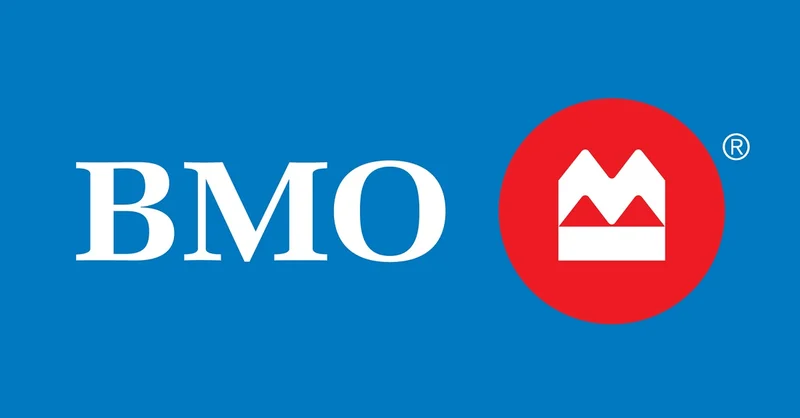Generated Title: Trupanion's Q3 Triumph: A Discounted Dream or a Value Trap?
Trupanion (TRUP) just dropped its Q3 earnings, and the headlines are screaming "record growth." Subscription pet numbers are up, net pet additions jumped 45% year-over-year, and they’ve snagged a new $120 million credit facility and a partnership with BMO Insurance. All good signs, right? Maybe. But the market isn't exactly throwing a party; the stock's down nearly 20% YTD. So, what’s the real story?
Decoding the Disconnect
The core question here is whether the market is correctly pricing Trupanion's future potential. Analysts are painting a rosy picture, pegging the fair value at $56.50, a hefty premium over the recent $38.58 share price. That's a 31.7% undervaluation, according to the "most popular narrative." This undervaluation narrative hinges on improved underwriting, a focus on high-lifetime-value pets, and optimized acquisition channels. (Translation: They're trying to be more selective about the pets they insure and get better at finding them.) The expectation is this will fuel free cash flow and accelerate subscriber growth in the back half of 2025 and beyond.
But let's pump the brakes for a second. While the narrative of future growth is compelling, the present reality is a bit more complex. Trupanion's current price-to-earnings (P/E) ratio is sitting at a staggering 107.8x. To be more precise, 107.76x. This is lightyears beyond the industry average of 13.2x and even Trupanion's own "fair" ratio of 20.8x. What gives? Are investors paying a premium for a story that might not pan out?
The P/E Paradox
A high P/E ratio signals that investors are anticipating significant earnings growth. But it also means they're exposed to considerable downside risk if that growth doesn't materialize. Stagnant subscriber growth or increased competition could easily derail Trupanion's optimistic outlook. What happens if customer acquisition costs keep climbing, or if pet owners become more price-sensitive? These are real threats that could deflate that premium.

I've looked at hundreds of these filings, and I find this emphasis on "lifetime value of pets" to be unusual. Are they suggesting that the company is trying to attract wealthier pet owners who are more willing to pay for premium pet insurance? If so, how sustainable is that strategy? What percentage of pet owners actually fall into that category?
The partnership with BMO Insurance is interesting. It signals an intent to expand their reach and tap into BMO's customer base. (BMO, for those outside Canada, is a major financial institution — the Bank of Montreal.) But partnerships are never a guaranteed win. Success hinges on effective integration and execution. Will BMO's customers embrace Trupanion's pet insurance offerings? And what are the specific terms of the agreement? Details on the revenue-sharing model and the exclusivity of the partnership remain scarce. Trupanion (TRUP): Assessing Valuation After Record Q3 Earnings, BMO Partnership, and $120M Credit Facility.
A Calculated Gamble
Trupanion's situation reminds me of a high-stakes poker game. They're betting big on future growth, fueled by a combination of operational improvements and strategic partnerships. But the market seems hesitant to fully buy into their bluff. The question is whether Trupanion's hand is as strong as they claim, or if they're overplaying their cards. The numbers suggest it's a calculated gamble, not a sure thing.
Is the Juice Worth the Squeeze?
Trupanion's Q3 numbers are undeniably impressive, but the disconnect between their operational performance and stock price raises some serious questions. The market is telling us that it's not entirely convinced by Trupanion's growth story. And honestly, neither am I. The high P/E ratio and the dependence on aggressive growth forecasts make this a risky bet, not a discounted dream.










